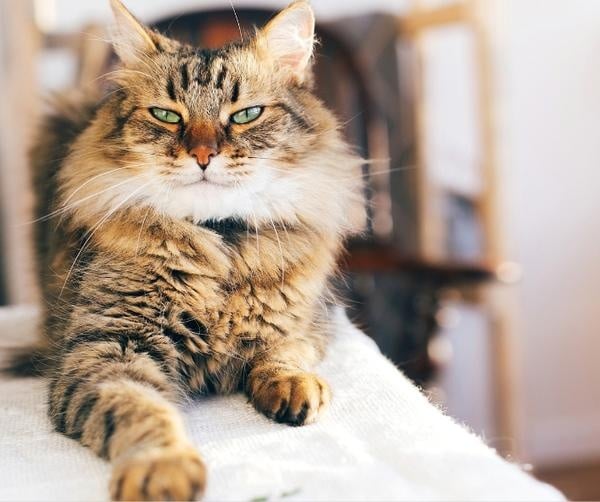Unveiling the Fascinating World of Polydactyl Cats
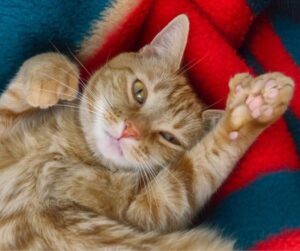 Polydactyl cats, with their extra toes, have long captivated the hearts and imaginations of cat lovers around the world. These unique felines possess a genetic anomaly that sets them apart from their four-toed counterparts. From their historical significance to their presence in pop culture, polydactyl cats have left an indelible mark on society.
Polydactyl cats, with their extra toes, have long captivated the hearts and imaginations of cat lovers around the world. These unique felines possess a genetic anomaly that sets them apart from their four-toed counterparts. From their historical significance to their presence in pop culture, polydactyl cats have left an indelible mark on society.
In this article, we will delve into the world of polydactyl cats, exploring their genetic anomaly, historical origins, anatomy, famous examples, superstitions, health considerations, breeding challenges, regional variations, and what it’s like to have them as pets.
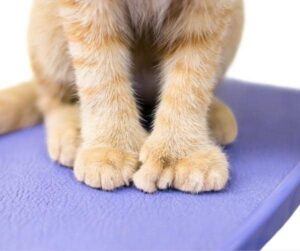 What are Polydactyl Cats? Exploring the Genetic Anomaly
What are Polydactyl Cats? Exploring the Genetic Anomaly
Polydactyl cats, also known as “Hemingway cats” or “mitten cats,” are felines that possess more than the usual number of toes on their paws. While most cats have five toes on their front paws and four on their back paws, polydactyl cats can have up to seven toes on each paw.
This genetic anomaly is caused by a dominant gene mutation, which can be inherited from one or both parents. The extra toes can vary in size and functionality, ranging from fully formed digits to small, non-functional appendages.
Historical Significance: Tracing the Origins of Polydactyl Cats
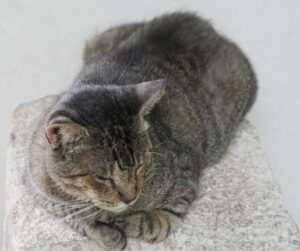 Polydactyl cats have a rich historical significance, with their origins dating back centuries. One of the most famous associations with polydactyl cats is their connection to the renowned American author, Ernest Hemingway. Hemingway was gifted a six-toed cat named Snowball, and since then, polydactyl cats have become synonymous with his Key West home, now a museum.
Polydactyl cats have a rich historical significance, with their origins dating back centuries. One of the most famous associations with polydactyl cats is their connection to the renowned American author, Ernest Hemingway. Hemingway was gifted a six-toed cat named Snowball, and since then, polydactyl cats have become synonymous with his Key West home, now a museum.
However, polydactyl cats can be found in various parts of the world, including England, Wales, and Canada, with records of their existence dating back to the 18th century.
The Extra Toes Phenomenon: Understanding the Anatomy of Polydactyl Cats
The anatomy of polydactyl cats is a fascinating subject. The extra toes can be fully formed, complete with claws and pads, or they can be smaller and non-functional. Some polydactyl cats even have opposable thumbs, which allow them to grasp objects with surprising dexterity.
The additional toes provide these cats with enhanced balance and agility, making them excellent climbers and hunters. Their unique anatomy has also been linked to increased stability and reduced chances of injury.
Famous Polydactyl Cats: Celebrating the Pawsome Stars
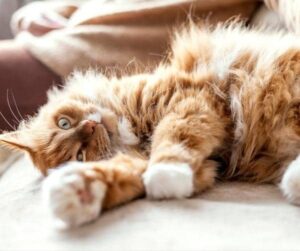 Polydactyl cats have made their mark in the world of fame and celebrity. One of the most famous polydactyl cats was Snowball, the cat gifted to Ernest Hemingway. Snowball’s descendants still reside at the Hemingway Home and Museum in Key West, Florida.
Polydactyl cats have made their mark in the world of fame and celebrity. One of the most famous polydactyl cats was Snowball, the cat gifted to Ernest Hemingway. Snowball’s descendants still reside at the Hemingway Home and Museum in Key West, Florida.
Another notable polydactyl cat is Paddles, the former “First Cat” of New Zealand’s Prime Minister, Jacinda Ardern. Paddles gained international attention for her extra toes and charming social media presence. These famous polydactyl cats have helped raise awareness and appreciation for this unique genetic anomaly.
Polydactyl Cats in Pop Culture: From Literature to Movies
Polydactyl cats have also left their paw prints in the world of literature and movies. In literature, they have been featured in works such as Edgar Allan Poe’s “The Black Cat” and Mark Twain’s “Pudd’nhead Wilson.”
In movies, polydactyl cats have made appearances in films like “The Longest Yard” and “Captain Marvel.” Their unique appearance adds an element of intrigue and quirkiness to these stories, further cementing their place in popular culture.
The Myth and Superstitions Surrounding Polydactyl Cats
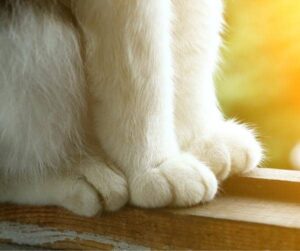 Throughout history, polydactyl cats have been surrounded by myths and superstitions. In some cultures, they are considered good luck charms, believed to bring wealth and prosperity to their owners. Sailors also believed that polydactyl cats were excellent mousers and brought good fortune at sea.
Throughout history, polydactyl cats have been surrounded by myths and superstitions. In some cultures, they are considered good luck charms, believed to bring wealth and prosperity to their owners. Sailors also believed that polydactyl cats were excellent mousers and brought good fortune at sea.
However, in other cultures, polydactyl cats were seen as omens of bad luck or associated with witchcraft. These superstitions have contributed to the mystique and allure surrounding polydactyl cats.
Health Considerations: Are Polydactyl Cats Prone to Any Conditions?
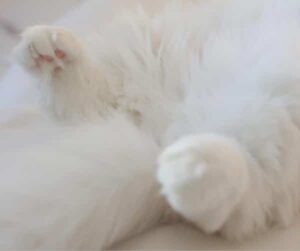 While polydactyl cats generally lead healthy lives, there are a few health considerations to keep in mind. The extra toes can sometimes be prone to infections or ingrown nails if not properly cared for.
While polydactyl cats generally lead healthy lives, there are a few health considerations to keep in mind. The extra toes can sometimes be prone to infections or ingrown nails if not properly cared for.
Regular nail trimming and monitoring for any signs of discomfort or inflammation are essential. Additionally, some polydactyl cats may have a higher risk of developing certain genetic conditions, such as hypertrophic cardiomyopathy (HCM). Regular veterinary check-ups and genetic testing can help identify and manage any potential health issues.
Breeding Polydactyl Cats: Challenges and Ethical Considerations
Breeding polydactyl cats can be both challenging and ethically complex. While some breeders intentionally breed for polydactyl cats, others argue that it is important to prioritize the overall health and well-being of the cats rather than solely focusing on their unique physical trait.
Responsible breeders ensure that the cats are healthy and free from genetic disorders, while also considering the potential impact on the breed’s gene pool. Ethical considerations and responsible breeding practices are crucial to maintain the overall welfare of polydactyl cats.
Polydactyl Cats Around the World: Unique Variations and Regional Traits
Polydactyl cats can be found in various parts of the world, and each region may have its own unique variations and traits. For example, in England and Wales, polydactyl cats are often referred to as “mitten cats” due to their large, mitten-like paws. In Canada, there is a high prevalence of polydactyl cats in certain regions, such as Nova Scotia. These regional variations add to the diversity and charm of polydactyl cats worldwide.
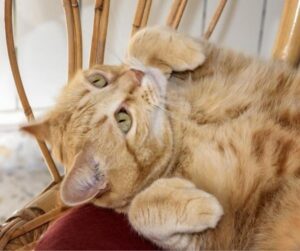 Polydactyl Cats as Pets: What to Expect and How to Care for Them
Polydactyl Cats as Pets: What to Expect and How to Care for Them
As pets, polydactyl cats are known for their friendly and affectionate nature. They often form strong bonds with their owners and enjoy interactive play. Due to their extra toes, they may require additional grooming and nail care.
Regular brushing and nail trimming are essential to prevent any discomfort or complications. Providing them with ample opportunities for exercise and mental stimulation is also important to keep them happy and healthy.
Conclusion: Embracing the Quirkiness of Polydactyl Cats
Polydactyl cats have carved a unique place in the world of feline fascination. From their genetic anomaly to their historical significance, these cats have captured the hearts of many. Whether they are celebrated in literature, movies, or as beloved pets, polydactyl cats continue to captivate with their extra toes and charming personalities.
Embracing the quirkiness of polydactyl cats allows us to appreciate the diversity and wonder of the feline world, reminding us that beauty and fascination can be found in the most unexpected places.

